The Creation Myths of Computing
( I. To Make & Unmake )
i'm chia..
(chia.design / @hotemogf)

i'm chia.. i make websites.
(this is on a website)
i'm chia.. i make websites.
(chias.website/creation, chias.website, chia.design, chia.audio, chia.pics, chia.dev, chias.blog, chias.computer, chias.directory, chias.garden, chias.software, chias.space, chias.tools, chias.wiki, chias.world, chia.earth, engine.lol, ifyouknewmewouldyoulove.me, philippineinternetarchive.com, websiteweb.site)


I understood the worlds I was existing in–even cursorily enough–to begin understanding the composite characteristics of what makes a world.

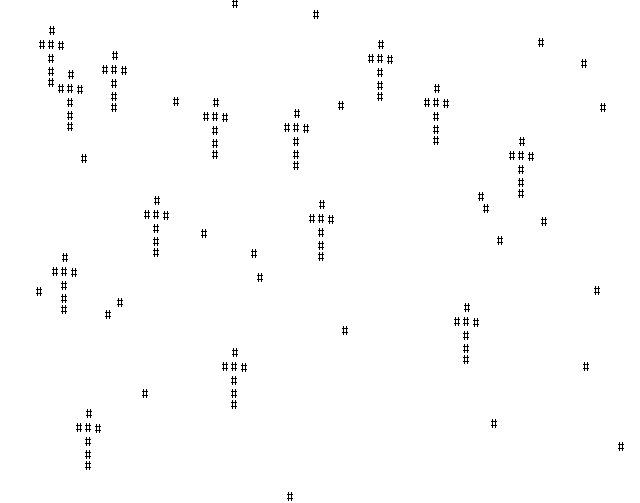
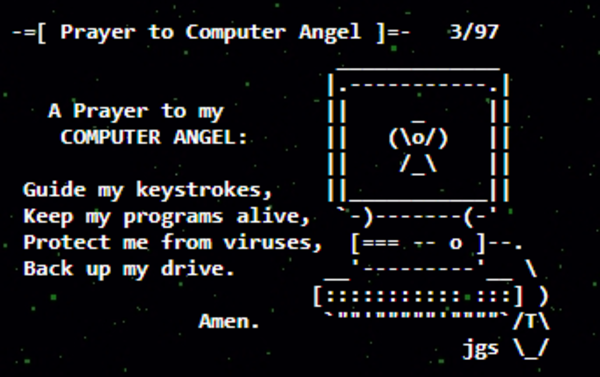

The computer must have rewired something. I realized that I could translate what I held in my head into something materially real.
I had understood the blind power of faith, and was given the dangerous power of being able to make what I believed in, and in believing that my vision was necessary enough to make.
( The ultimate hidden truth of the world is that it it something we make, and could just as easily make differently… )
David Graeber
How can genuine science fiction of any kind lack technological content? [...] How can anybody make a story about a future or an alien culture without describing, implicitly or explicitly, its technology?
Nobody can. I can't imagine why they'd want to.
Ursula Le Guin, 'A Rant About Technology'
...something did not have to be real for you to pray to it.
...something did not have to be real for you to pray to it.
...before anything can become real, there must first be belief.
The faith we place in technology is the faith we place in people.
The faith we place in technology is the faith we place in people.
( Multiple systems of belief are born. Polytheism is the dominant theme across religions; transcendence is in the everyday. No wonder everyone is a believer. )
The beautiful part about technology is that it always returns to the story of humans.
The root of invention is in faith.
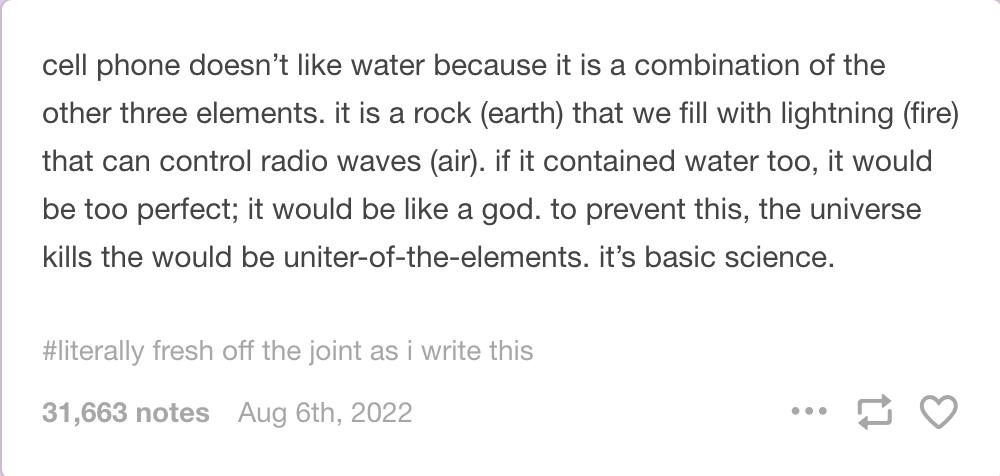
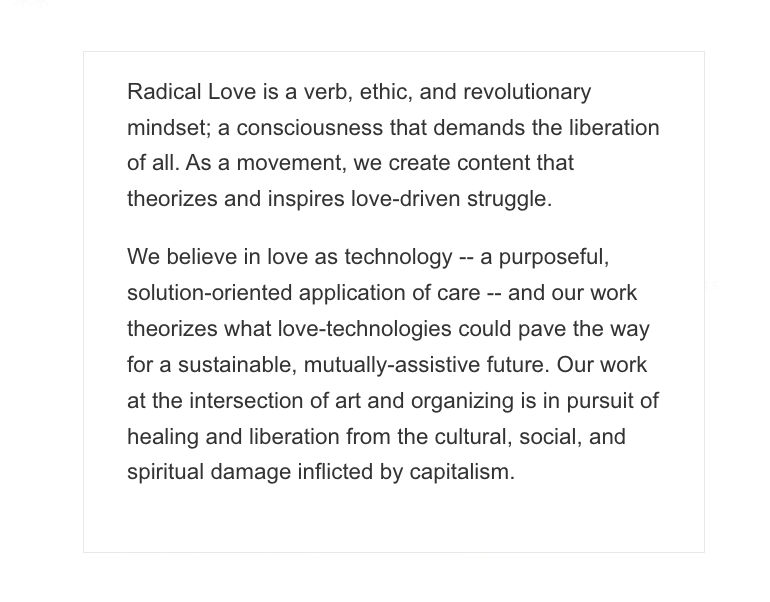
(The belief of the creator → The capacity of the machine → The belief of its users → The way of being in the world with the machine)
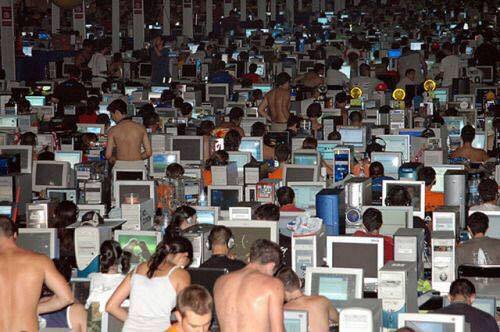
( II. Mythology, Falsehoods, & Power )
It goes that the history of people is the history of technology.

"So the connection with hyperstitions is clear. Every great fiction (hyperstition is first and foremost a fiction) is a refrain, that is, a process by which cosmic forces are “rendered visible,” to use Klee’s phrase. A great work of fiction is an instrument for gathering specific forces within a milieu or territory and connecting them to the Cosmos that undergirds all things. Every fiction, in other words, is magical. In its cosmic function, every fiction brings forth a world."

Our engagement with technology, like that of our engagement with the known world, is built atop of mythology.
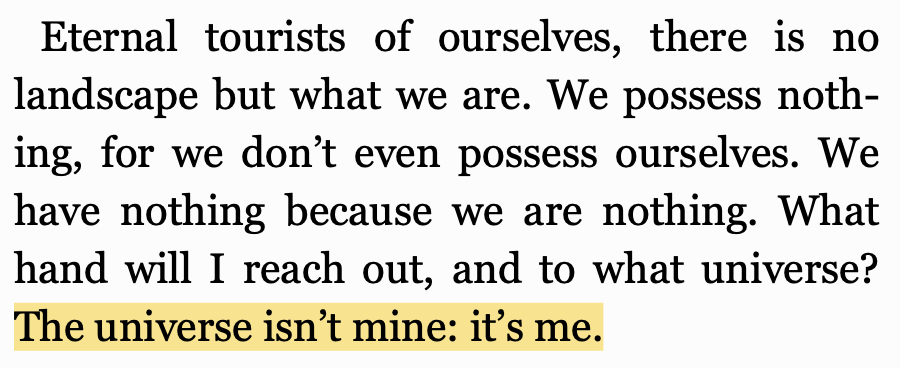
There was a creator and the machine that was created. There was the machine and what it made us.
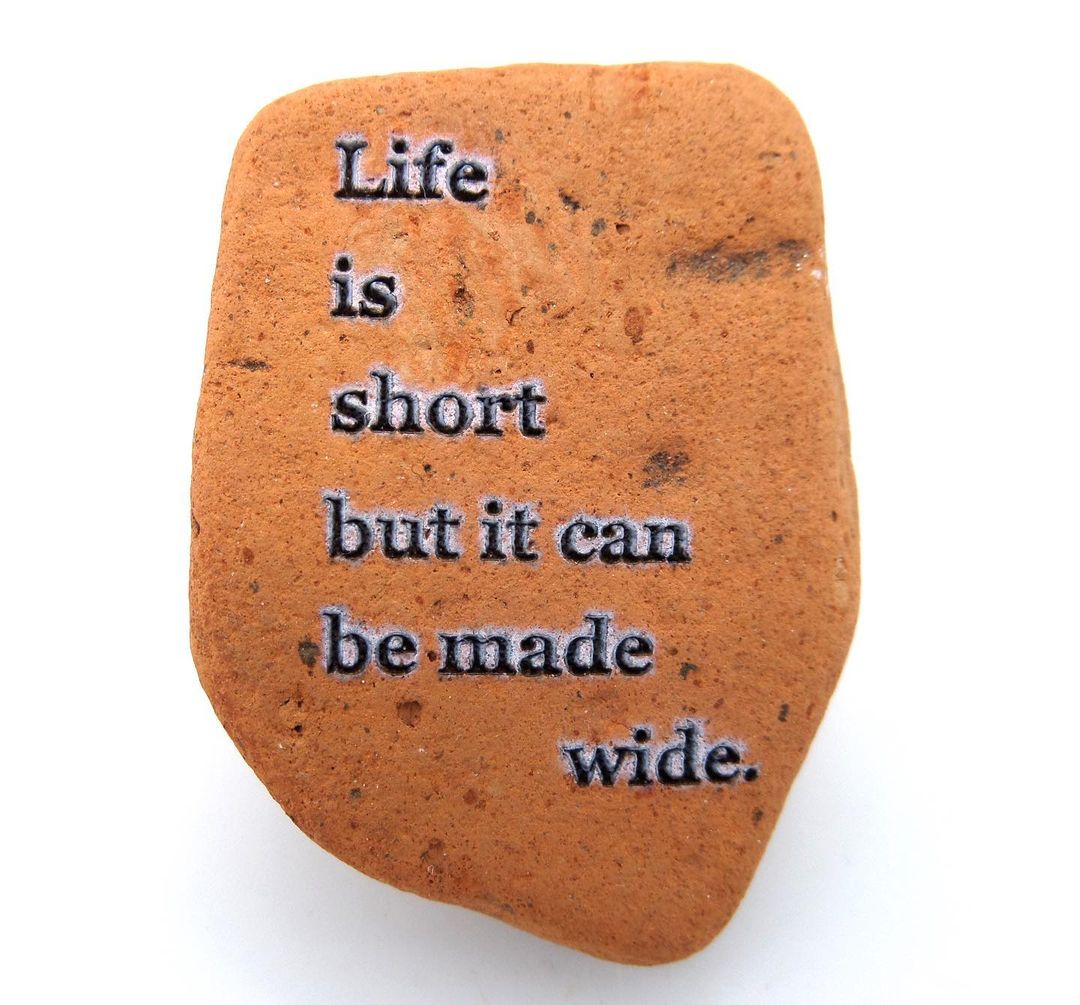
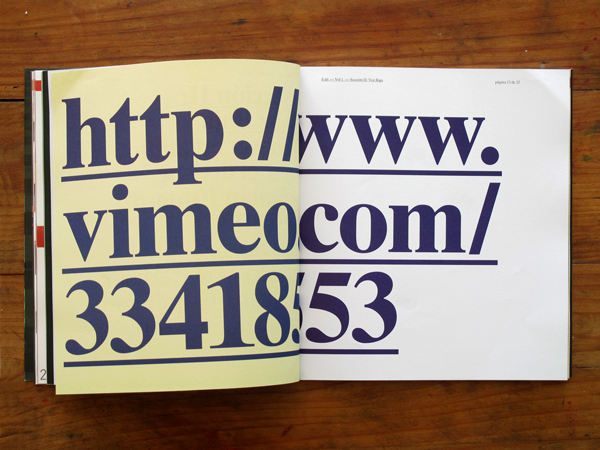
( The body itself is only human by virtue of technology… )
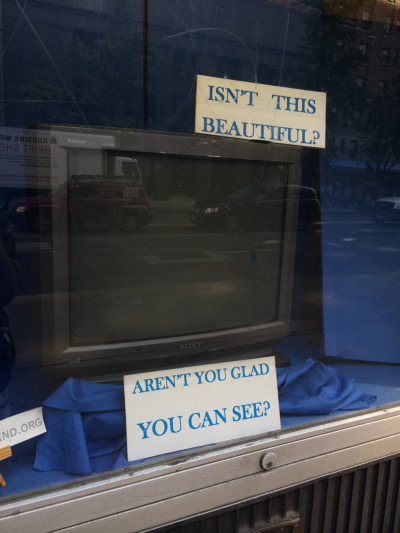


( Mythologies then must make a world, for worlds must constantly be affirmed by this way of inhabitation. )

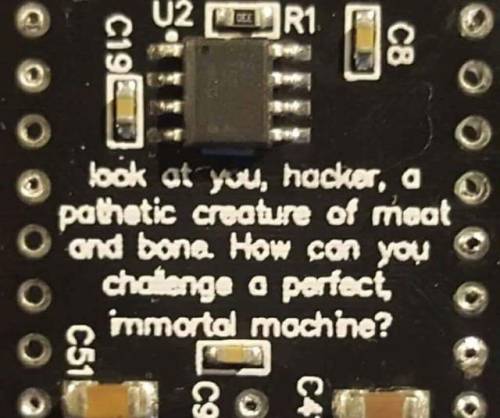

( YouTube comments ... )
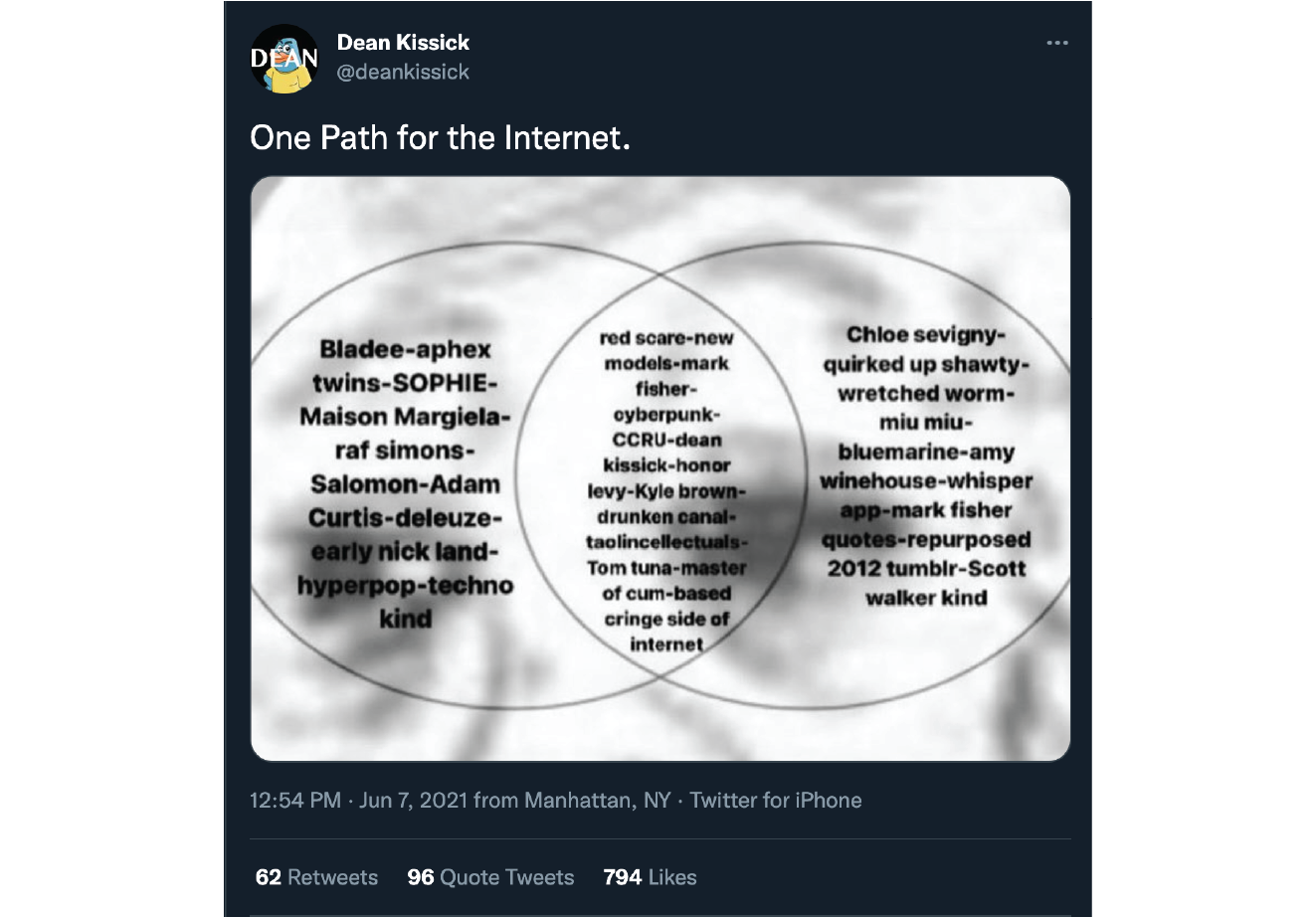
( Via 'How to read the internet' ...)
( We inhabit technologies, and they inhabit us. )

( My simple dreams )
( My simple dreams )
1. To gather all the people I love in one place...
( My simple dreams )
1. To gather all the people I love in one place...
2. To shape worlds that allow the people I love to build the worlds they need...
( My simple dreams )
1. To gather all the people I love in one place...
2. To shape worlds that allow the people I love to build the worlds they need...
3. To make the act of creation ubiquitous...

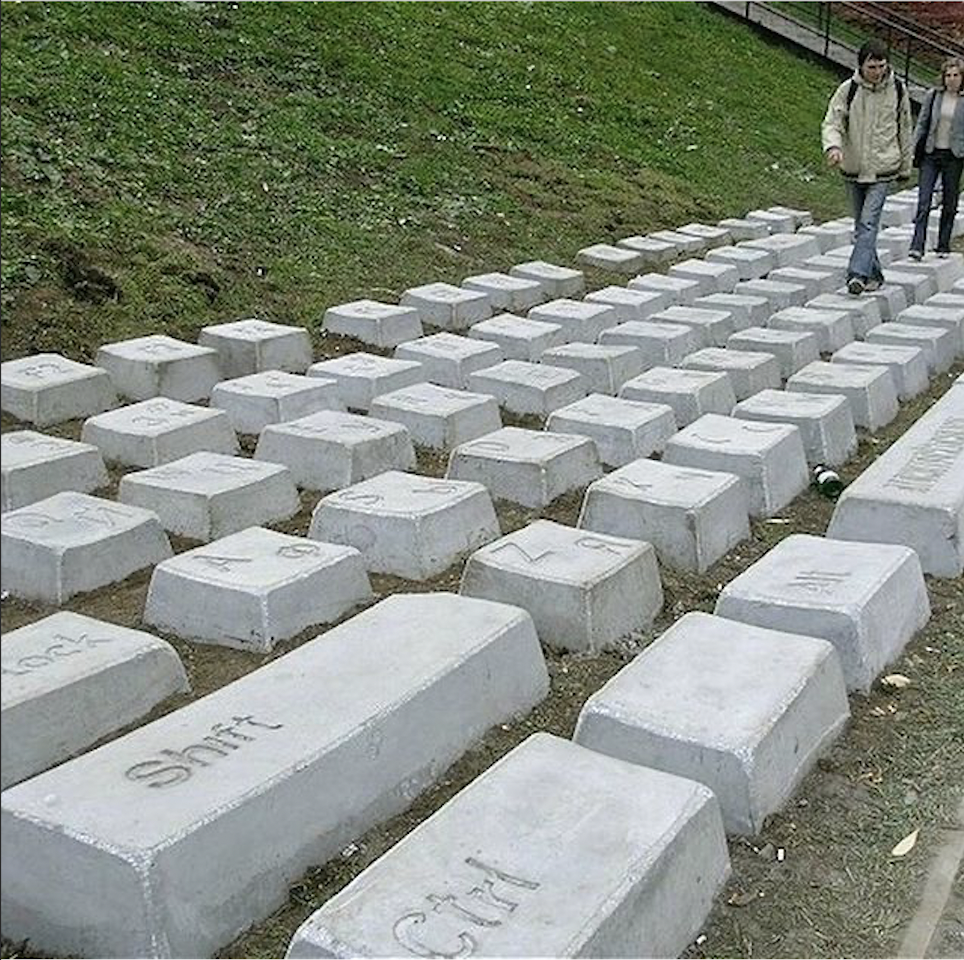

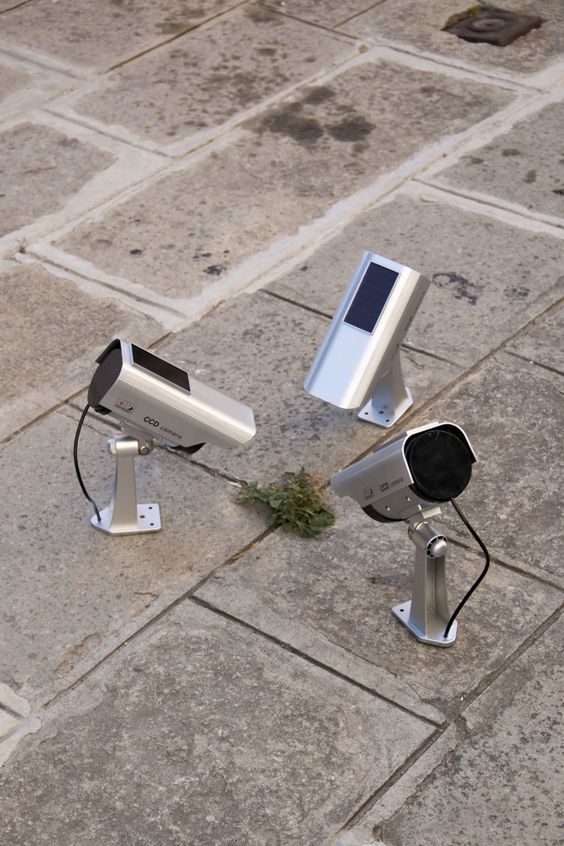
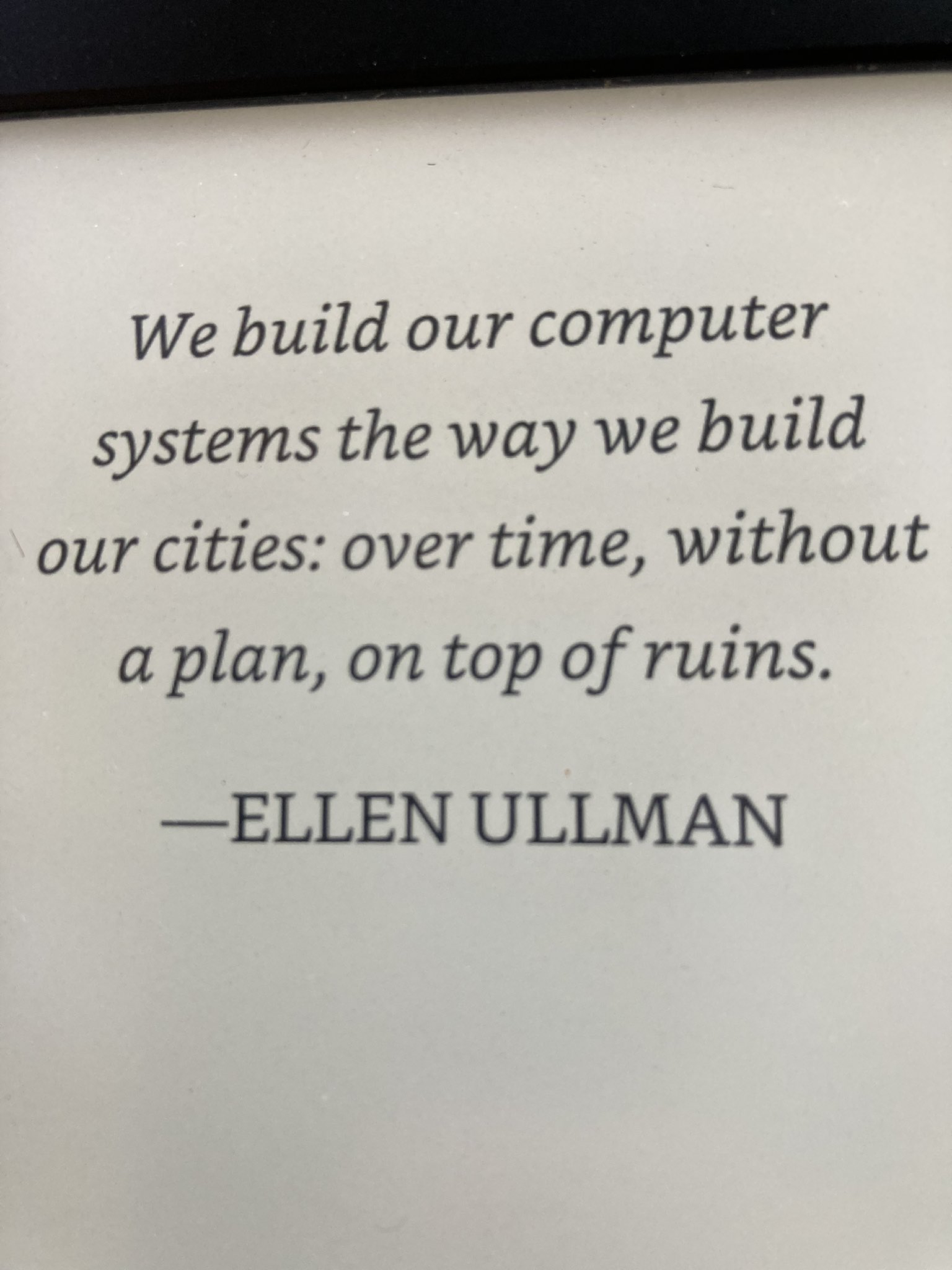
Prescriptive technologies once encouraged us to think of people as machines; not technologies – but productive artifacts...
When we feel distanced from technology, we are subsequently distanced from each other...
How easily can we identify the beginnings of the many worlds we live in today? In which of these beginnings did we take part in dictating? Perhaps our labor, resources, and land shape these cosmologies – but which dominant systems of belief accurately pay respect to the power of people?
The technologist is atomized.
The technologist is atomized.
The technologist is distanced from their technologies.
The technologist is atomized.
The technologist is distanced from their technologies.
The technologist is thusly separated from their humanity.

...we have been lulled into the myth of technology where creation alone is power...

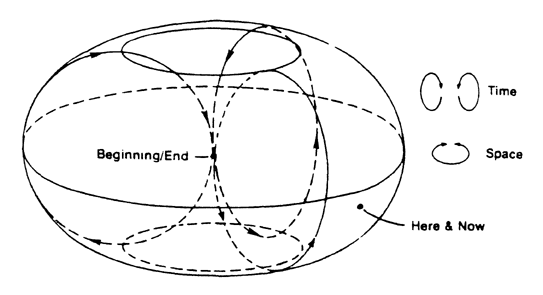
Our technologies are designed to appear as magic—ideal design is ‘invisible’: out of sight, embedded, unknown.
The human and machine have become so entwined that as the machine is obscured, so is the human.
The human and machine have become so entwined that as the machine is obscured, so is the human.
Behind the suggestion of the erasure of the human, was the human.
The mythologist-technologist is the figure of power who is able to not only determine what future narratives are plausible (and therefore what can be built) – but what society deems as natural.

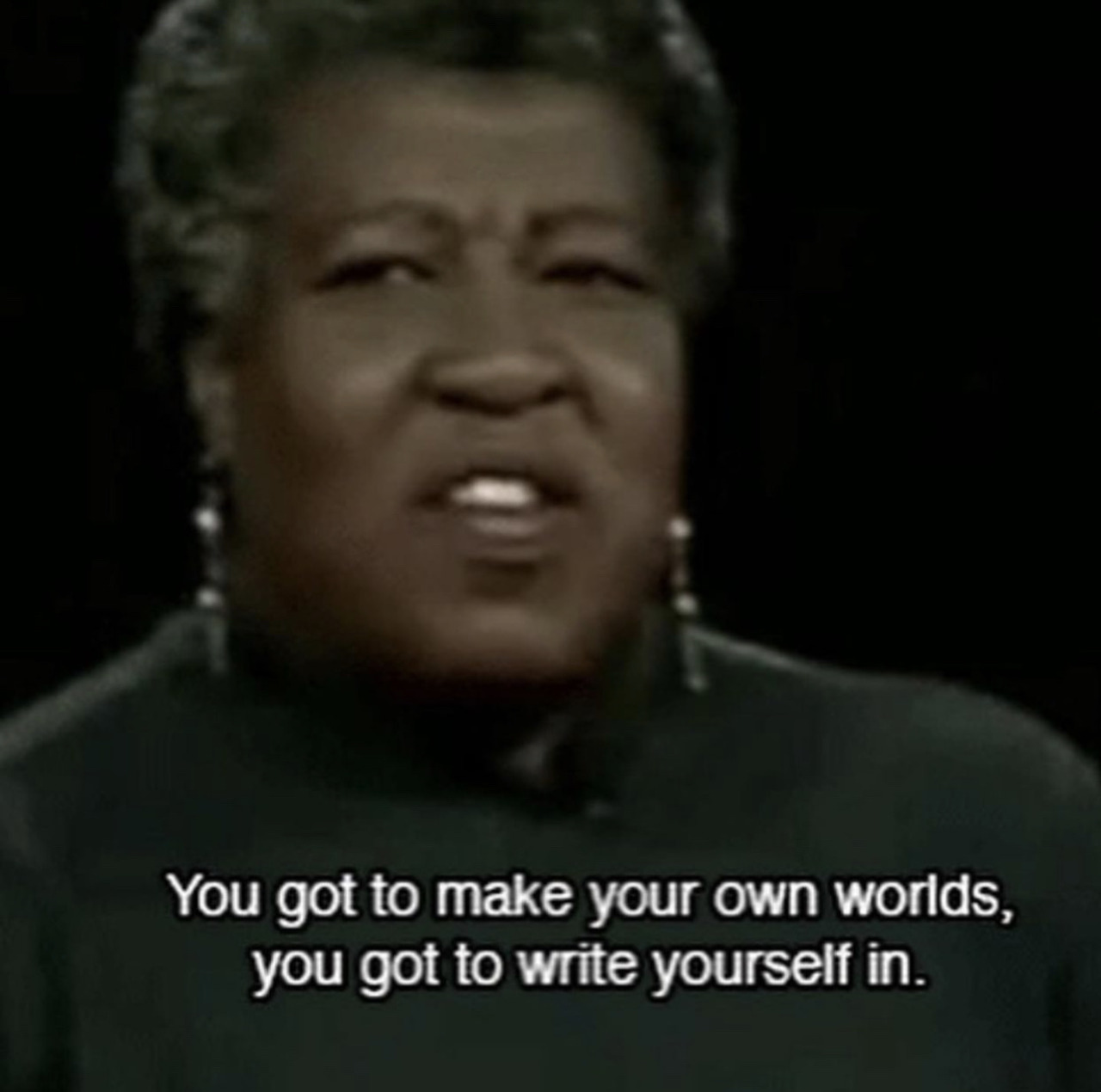
We have abolished the human, the most critical factor of technology...
...it is in this way that mythology is at odds with humanity.
( III. The (Re)Making of a Myth )
The computational power afforded to us today has accelerated narrativization.
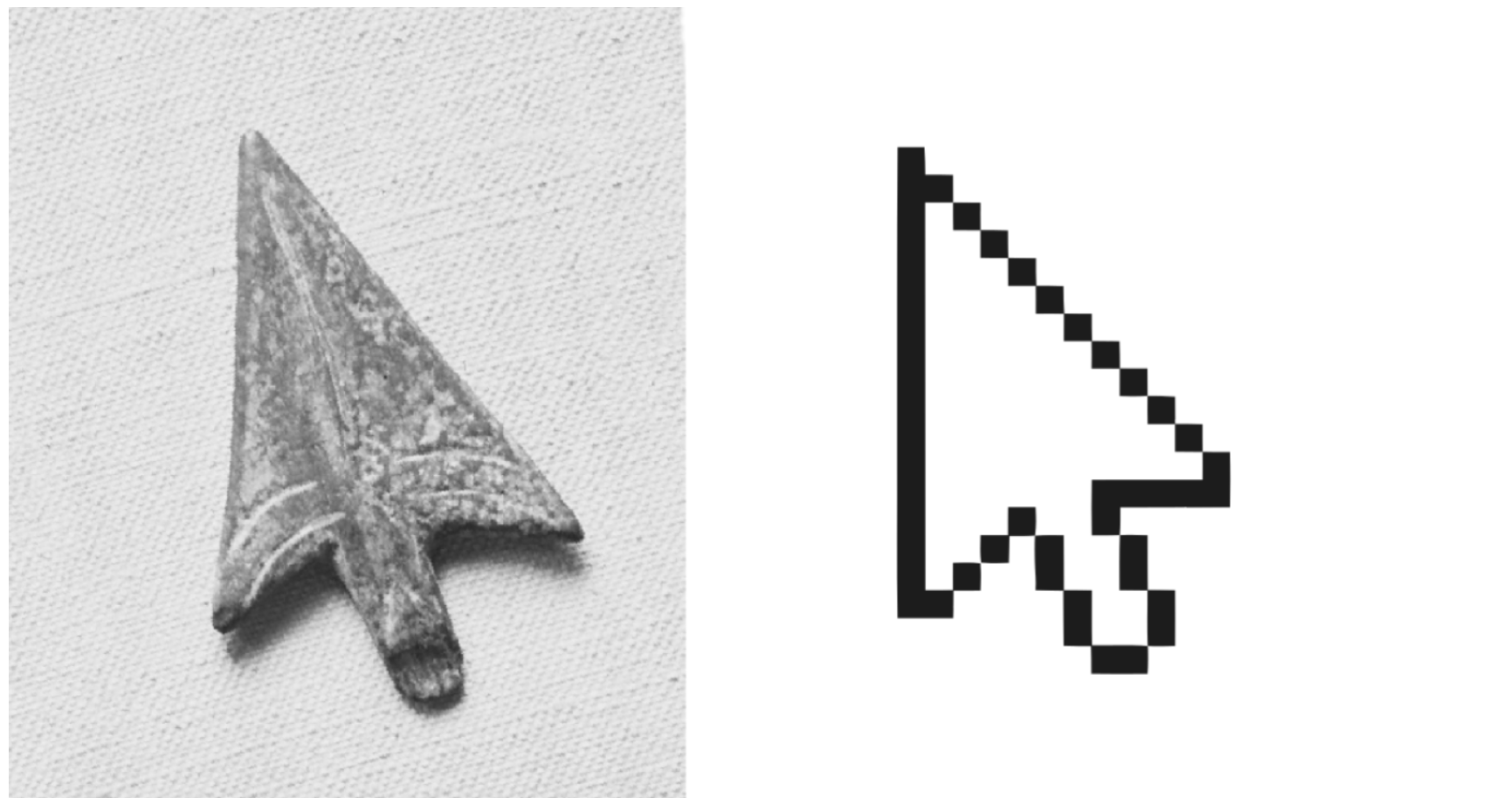
New revolutions appear to be happening every single day. When do we get to live?
The narratives that back these mythologies are myopic; the ways of living they suggest to us often just as insular.
Worlds are emerging at faster than ever rates...
Worlds are emerging at faster than ever rates...
What is natural determines what worlds people choose – as such, our worlds become unevenly inhabited.
Technologies have always functioned as tools to let us redefine problems…
Technologies have always functioned as tools to let us redefine problems…
the complexities of the world reduced into specific narratives.
Stacking technological solutions onto problems instantiated by technologies themselves...
Stacking technological solutions onto problems instantiated by technologies themselves...
the palatable narrative, over regenerative & intentional mending...
What is a multiplicity of worlds able to afford us when they are constantly dying?
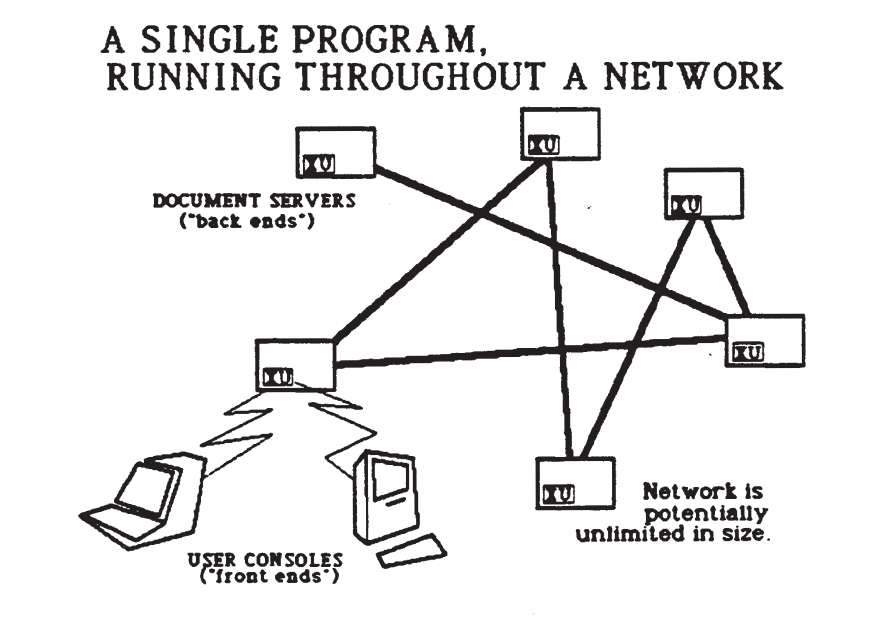
( Much of the making of a world is simply giving a name to it... )
It is no surprise that we have forgotten the human. We are actively making the ends of ourselves.
( How do you construct a creation myth? )

When I say I want to create, I must first world. To world, I must first mythologize.
I plant belief where there was none, and then I make it.
( My simple dreams )
( My simple dreams )
Technology is rehumanized: The human is technology, technology is human.
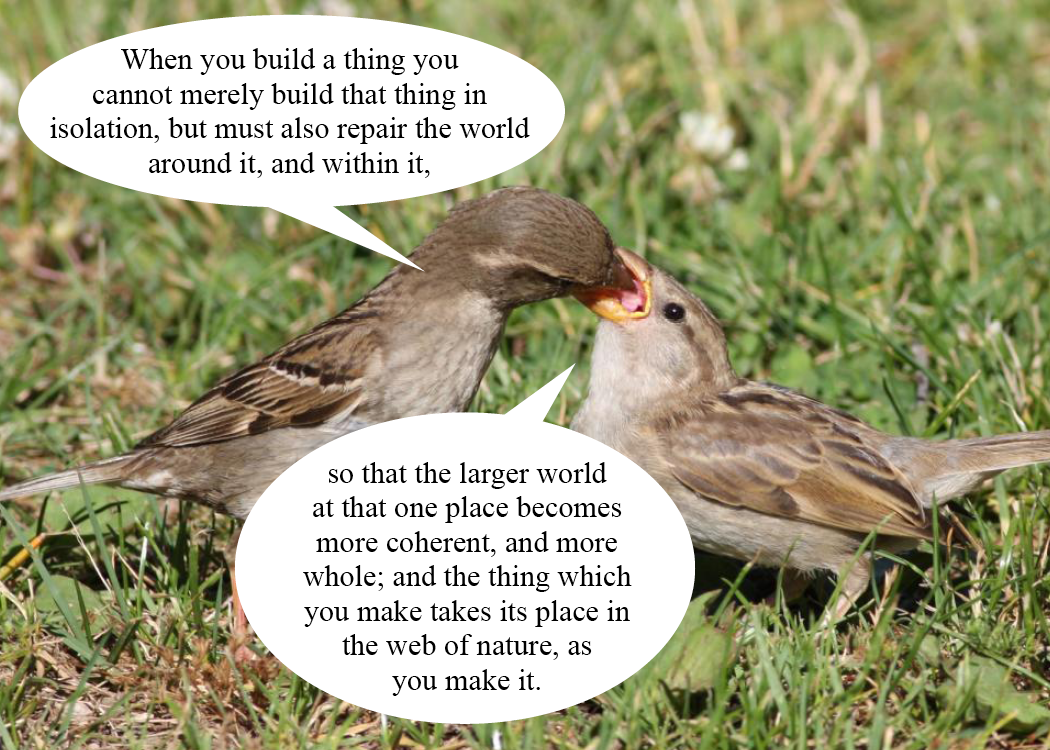
( My simple dreams )
Technology is rehumanized: The human is technology, technology is human.
Technologists understand their power as mythmakers: The narrative is above the artifact, the artifact only produces the self, that then lives through these narrative.
( Remember to imagine and craft the worlds you cannot live without, just as you dismantle the ones you cannot live within... )
Ruha Benjamin
( My simple dreams )
Technology is rehumanized: The human is technology, technology is human.
Technologists understand their power as mythmakers: The narrative is above the artifact, the artifact only produces the self, that then lives through these narrative.
Everyone becomes a technologist. I return to the dream of ubiquityartifact only produces the self, that then lives through these narrative.
( This world is warped and vivid but it is also an everyday utopia because I played a part in building it as an alternative ordinary world.... )
Tiana Reid
There are no gods, just people and machines...
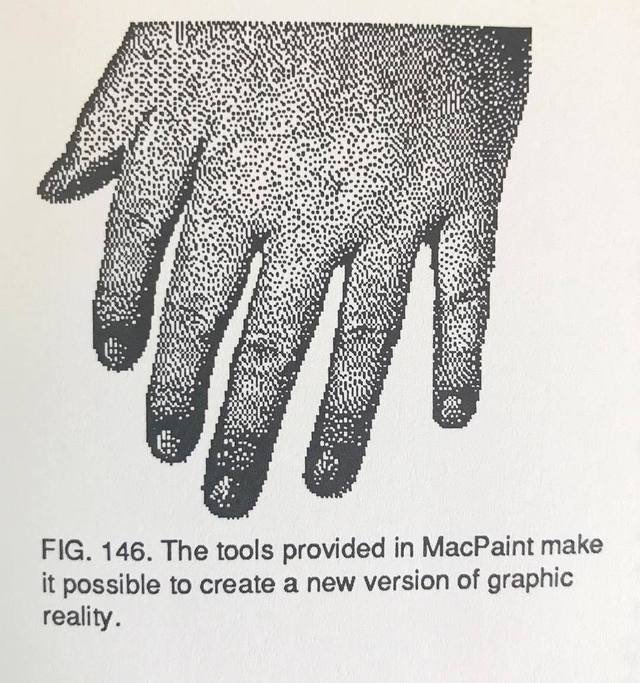
(What is technology but the presentation of a new narrative for us to live through?)
(What is technology but the presentation of a new narrative for us to live through?)
(What is technology but a mode of materializing imaginaries?)
(What is technology but the presentation of a new narrative for us to live through?)
(What is technology but a mode of materializing imaginaries?)
(What is technology but belief in each other?)
(What is technology but the presentation of a new narrative for us to live through?)
(What is technology but a mode of materializing imaginaries?)
(What is technology but belief in each other?)
(What do we have, but each other?)

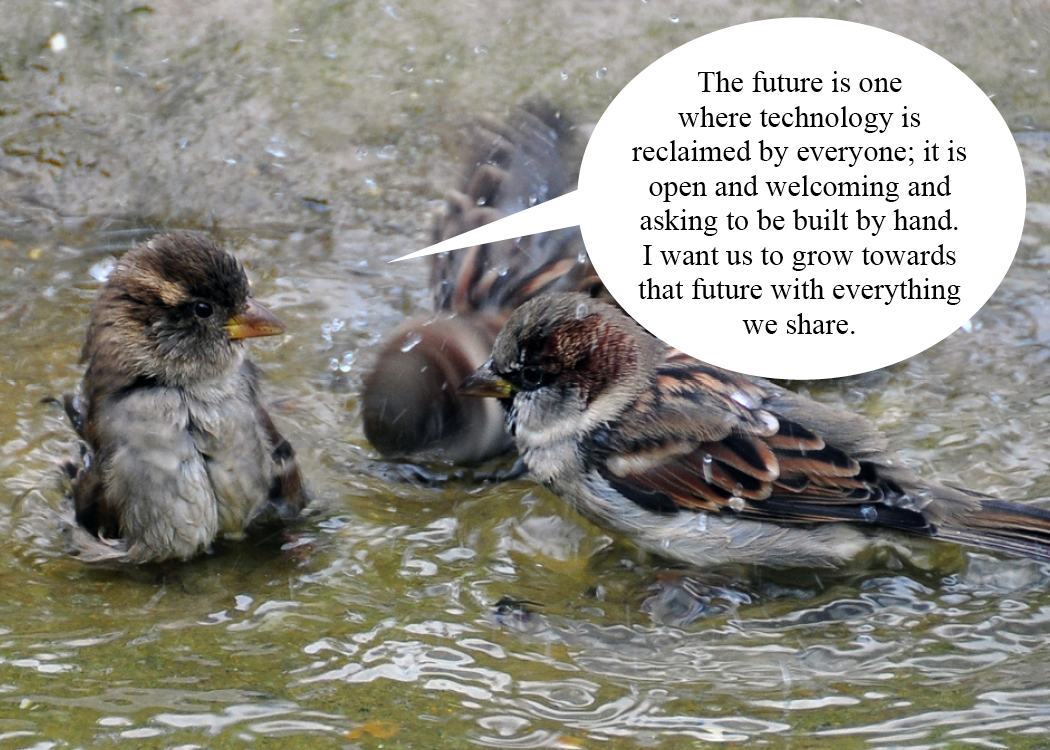
ty <3
